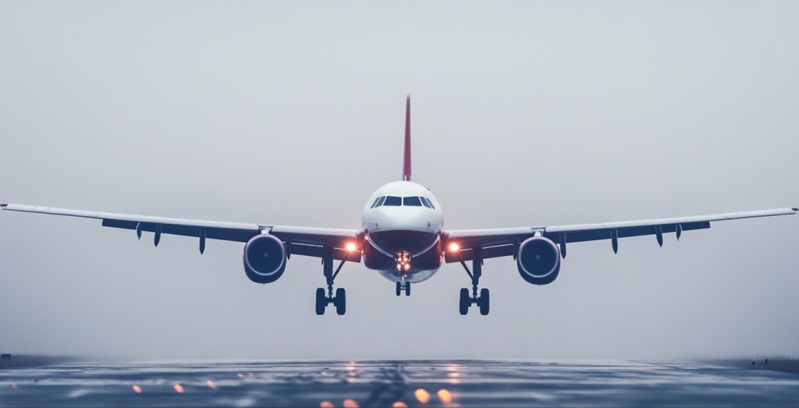Qantas has been publicly commended for its backing of the Same Job Same Pay applications submitted by the Flight Attendants Association Australia (FAAA) to the Fair Work Commission (FWC). These applications seek to secure much-needed pay increases for Qantas’ short-haul cabin crew. The initiative stands to directly benefit up to 800 crew members who operate on Qantas’ Boeing 737 and Airbus A330 fleets. While the specific amount of the pay increase is still under negotiation, the announcement has been met with optimism both within the airline and the FAAA, signaling positive strides in worker compensation.
In-Principle Agreement for Long-Haul Crew
Agreement Details and Crew Impact
In addition to the moves for its short-haul workforce, Qantas has reached an in-principle agreement with the FAAA concerning its long-haul cabin crew. If this agreement is approved by the employees, it will bring about notable pay increases and improved job conditions for approximately 2,500 international crew members. Among the proposed changes are access to Qantas’ state-of-the-art A350-1000 Ultra Long Range aircraft and involvement in Project Sunrise flights, which aim to redefine ultra-long-haul travel. This agreement is projected to have a significant gross cost impact of around $60 million in the fiscal year 2025.
These proposed changes are poised for implementation in November 2024, pending the finalization of negotiations with unions and the obligatory approval from the FWC. The long-haul cabin crew members have welcomed these updates, viewing them as a substantial enhancement to their working conditions and overall job satisfaction. The anticipation of these changes signifies a substantial win for the cabin crew who have long been advocating for better pay and job security.
Financial and Operational Implications
From a financial perspective, Qantas anticipates that the newly proposed agreement will present a calculated yet substantial investment. The gross cost impact of around $60 million in FY25 underscores the airline’s commitment to ensuring fair compensation and improved job conditions for its long-haul cabin crew. While this financial outlay is considerable, it is seen as a necessary expenditure to maintain morale and loyalty among international crew members, particularly as Qantas continues to innovate in ultra-long-haul travel.
Operationally, the inclusion of the A350-1000 Ultra Long Range aircraft and Project Sunrise flights represents a monumental shift. Not only will this upgrade demand rigorous training for the crew, but it will also offer them new opportunities and experiences within the aviation industry. The alignment with cutting-edge projects like Project Sunrise signals Qantas’ strategic vision to remain at the forefront of long-haul travel, all while ensuring its workforce is adequately compensated and well-prepared.
Government and Legislative Support
Positive Government Reception
The Australian government has praised Qantas’ backing of the Same Job Same Pay applications, highlighting this development as a prime example of successful collaboration between employers and unions. Transport Minister Catherine King and Employment Minister Murray Watt have stated that this partnership is crucial for ensuring fair pay and better work conditions for the airline’s staff. This endorsement from high-level government officials underscores the significance of such agreements in the broader context of Australia’s new workplace laws and labor policies. The government’s positive reception is not merely ceremonial but reflects a broader trend towards improving labor conditions across various industries in Australia.
By spotlighting Qantas as a model of employer-union collaboration, the government aims to encourage similar initiatives in other sectors. The support from both the Transport and Employment Ministers signals an aligned strategy to leverage new workplace laws in fostering an environment of fair pay and enhanced job security for all workers.
Legislative and Policy Context
At the heart of this development is the larger narrative of Australia’s ongoing effort to enhance labor conditions through legislative measures. The country’s new workplace laws have been instrumental in shaping such agreements, which prioritize fair remuneration and job security. This collaborative approach between employers and unions has led to a foundation where fair pay and better working conditions are not just goals but achievable standards. The labor policies currently in place have facilitated constructive dialogues between companies like Qantas and labor unions such as the FAAA. These policies are designed to support workers in securing equitable pay and help employers in implementing industry-leading labor practices. The successful negotiation and implementation of these agreements within Qantas not only reflect the efficacy of these laws but also serve as a blueprint for other industries.
Conclusion
Qantas has received public praise for supporting the Same Job Same Pay applications, filed by the Flight Attendants Association of Australia (FAAA) with the Fair Work Commission (FWC). These applications aim to secure essential pay increases for Qantas’ short-haul cabin crew, affecting up to 800 crew members operating on Boeing 737 and Airbus A330 planes. Although the exact pay increase is still being negotiated, the announcement has been met with optimism from both the airline and the FAAA, marking a significant step forward in worker compensation. This support from Qantas comes at a crucial time when airlines worldwide are under scrutiny to improve working conditions for their staff. The initiative is seen as a necessary move to ensure fair wages for the hardworking cabin crew who play an essential role in maintaining the airline’s operational success. By backing this initiative, Qantas is demonstrating a strong commitment to improving employee welfare and setting a positive example for other airlines to follow.

